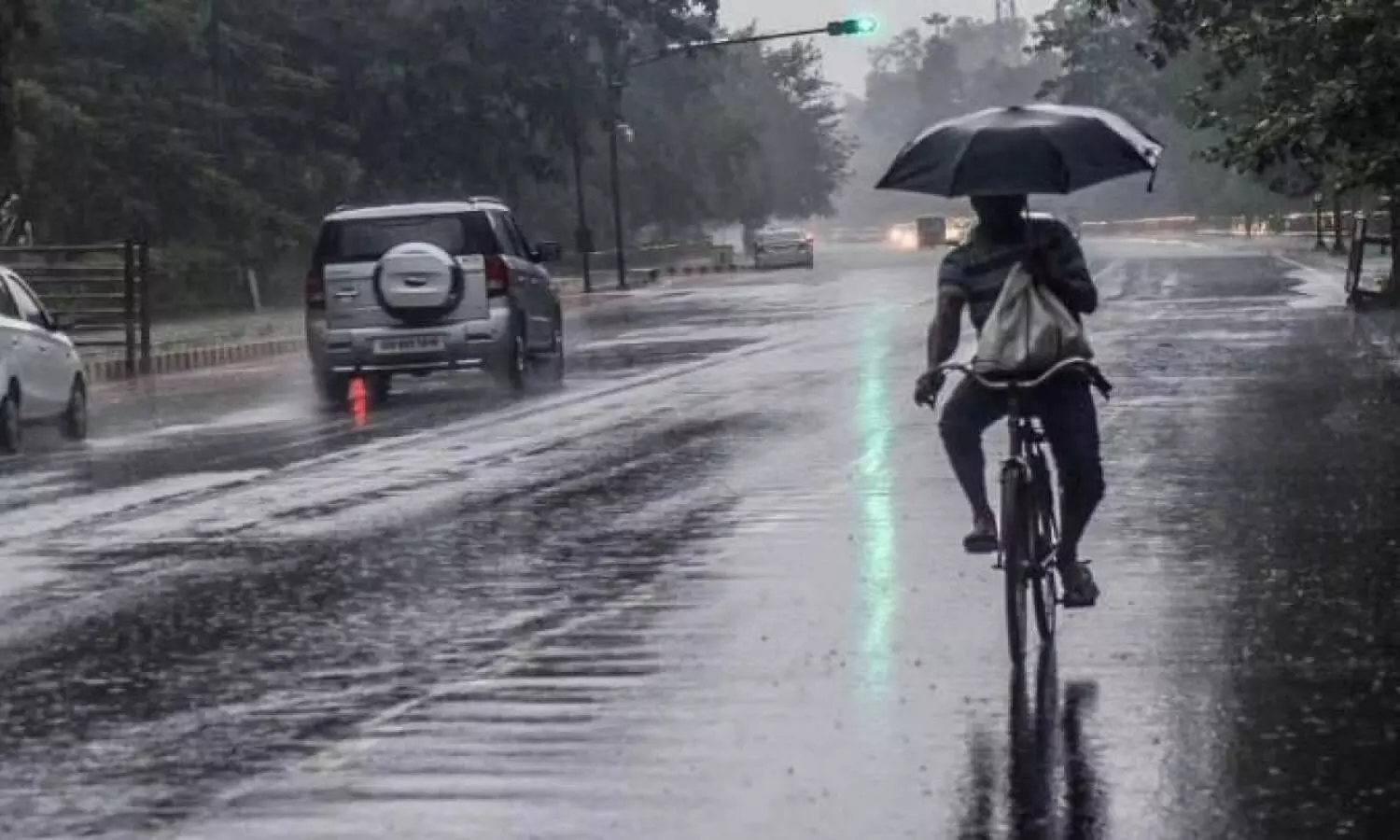Monsoon to hit Kerala on May 27; AP may witness early rainfall
The southwest monsoon arrives in Kerala on June 1 and the monsoon arrives in the Rayalaseema region of Andhra Pradesh on June 4 or June 5
By Newsmeter Network
Vijayawada: The southwest monsoon is likely to hit Kerala on May 27, four days before the scheduled date. The early onset of the monsoon would later move northwards. India Meteorological Department (IMD) on Friday forecasted that this year the onset of the southwest monsoon is likely to be earlier than the normal date.
The monsoon will set in over the South Andaman Sea and adjoining Bay of Bengal on May 15 and Kerala on May 27 with a model error of four days on either side. Under normal circumstances, the southwest monsoon arrives in Kerala on June 1 and the monsoon arrives in the Rayalaseema region of Andhra Pradesh on June 4 or June 5. The Southwest Monsoon covered the entire Andhra Pradesh on June 10 in 2021 five days after it arrived over the Rayalaseema region. The weathermen said cyclone Asani, which impacted parts of Andhra Pradesh, Odisha, and West Bengal, has helped in pulling the monsoon currents into the Bay of Bengal a little early.
In association with the enhanced cross-equatorial winds, conditions are becoming favorable for the advance of the southwest monsoon into the South Andaman Sea, Nicobar Islands, and parts of the southeast Bay of Bengal around May 15, the IMD said. The normal date for the arrival over the Andaman Sea is May 21.
Director of IMD, Amaravati, S Stella said it's difficult to say when monsoon rain may advance to Andhra Pradesh. "The monsoon path depends on so many factors. It's also difficult to quantify rainfall during the upcoming monsoon. We will get a clear picture about the monsoon track in the third week of May," she added. Andhra Pradesh recorded 613.3 mm of rainfall between June 1 and September 30 in 2021, which was around 19 percent more than the normal 514 mm. In 2020, Andhra Pradesh recorded 738.2 mm of rainfall between June 1 and September 30, which was around 44 percent more than the normal 514 mm